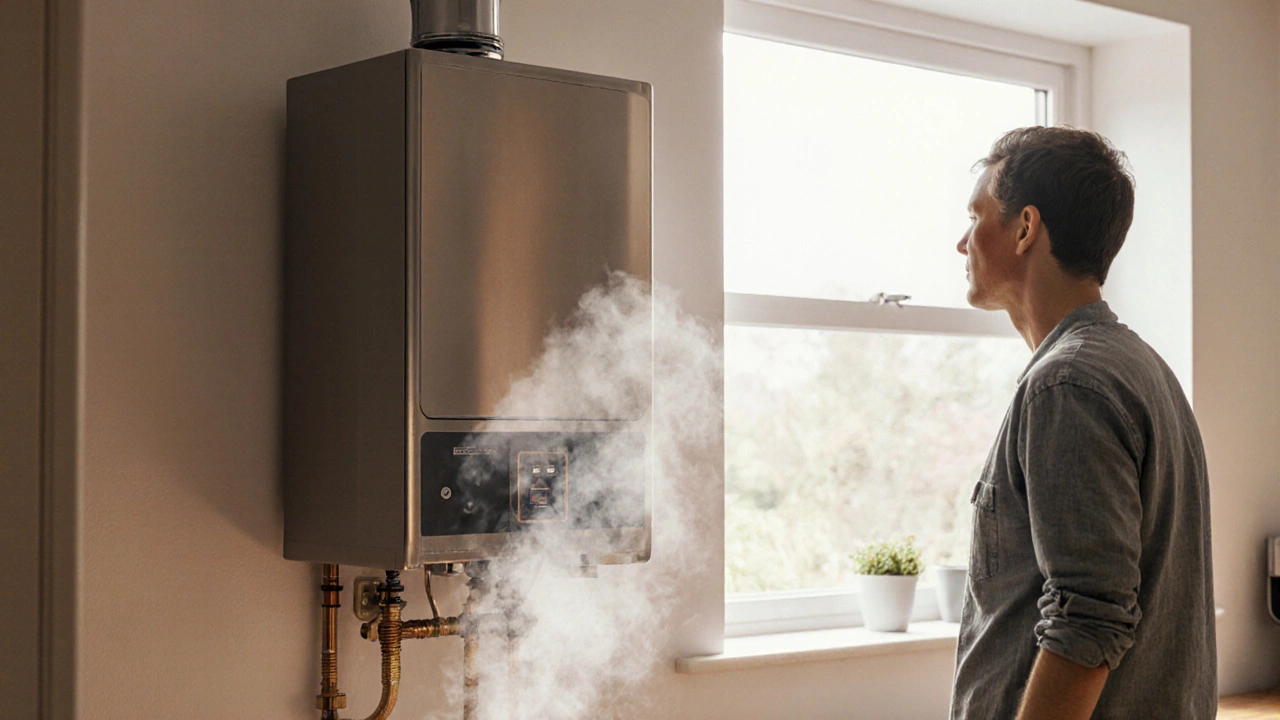Heating Element Failure – What It Means and How to Fix It
When dealing with heating element failure, the condition where an appliance’s heating element stops producing heat, often causing the unit to stop working properly. Also known as element burnout, it shows up in everything from a kitchen oven to a tumble‑dryer's hot air system. Heating element failure isn’t just an isolated glitch; it encompasses the broader health of the appliance and requires accurate diagnosis before you decide on a repair or replacement. The way you handle it directly influences the overall cost and longevity of your appliance repair project.
Typical Signs, Common Causes and Where the Problem Shows Up
Most homeowners first notice a problem when the oven won’t heat, the dryer stays cold, or the hot water tap sputters lukewarm water. In an electric oven, a burnt heating coil will trigger error codes or simply refuse to glow. A dryer’s heating element can corrode from lint buildup, leading to a drum that spins forever without drying clothes. Even a water heater isn’t safe – mineral deposits can insulate the element, forcing it to overheat and shut down. The root causes are surprisingly similar: prolonged exposure to moisture, repeated on/off cycling, and power surges. When the element's resistive wire breaks, the circuit opens and the appliance behaves as if it’s dead. In some cases, the element’s ceramic coating cracks, allowing water to seep in and cause short‑circuits. These failures are why regular maintenance – like cleaning lint traps, flushing water heaters, and checking oven seals – can catch issues before they become costly breaks. Knowing the exact element type matters. A solid‑state heating element in a modern oven has different voltage tolerances than the coil‑type element in an older dryer. Replacing the wrong part not only wastes money but can create safety hazards. That’s why a qualified technician will first verify the element’s specifications, test continuity with a multimeter, and then match the replacement’s wattage to the appliance’s rating. If you’re comfortable with DIY, the process is straightforward: disconnect power, remove the faulty element, note the wiring configuration, and install the new part using the manufacturer’s torque settings. However, always double‑check that the new element matches the original’s size, mounting brackets, and connector type. A mismatched element can cause uneven heating, higher energy bills, or even fire risks. When you’ve got a clear picture of the symptom, the appliance type, and the likely cause, you can decide whether a simple element swap will breathe new life into your gadget, or if the overall wear suggests a full unit replacement. Below, you’ll find a collection of articles that walk you through inspection checklists, cost breakdowns, and step‑by‑step repair guides for ovens, dryers, water heaters, and other appliances that commonly suffer from heating element failure.

Key Water Heater Signs It’s Failing - What to Watch For
Learn the top warning signs of a failing water heater, why they happen, and step‑by‑step fixes to keep your hot water reliable and safe.